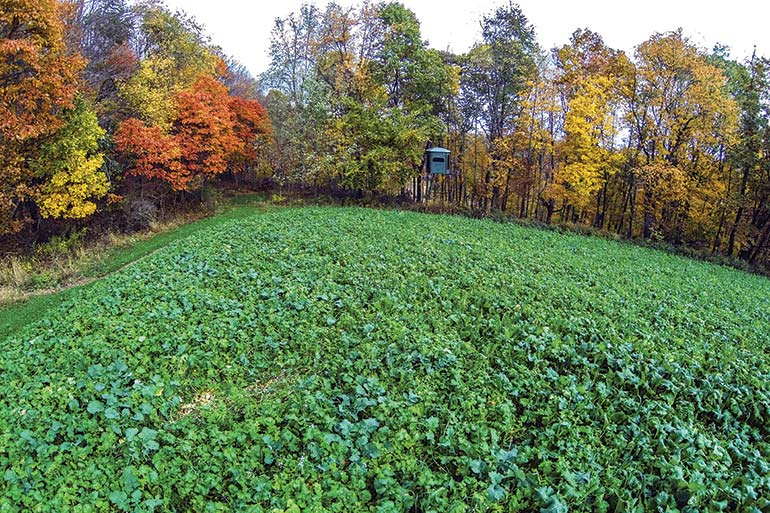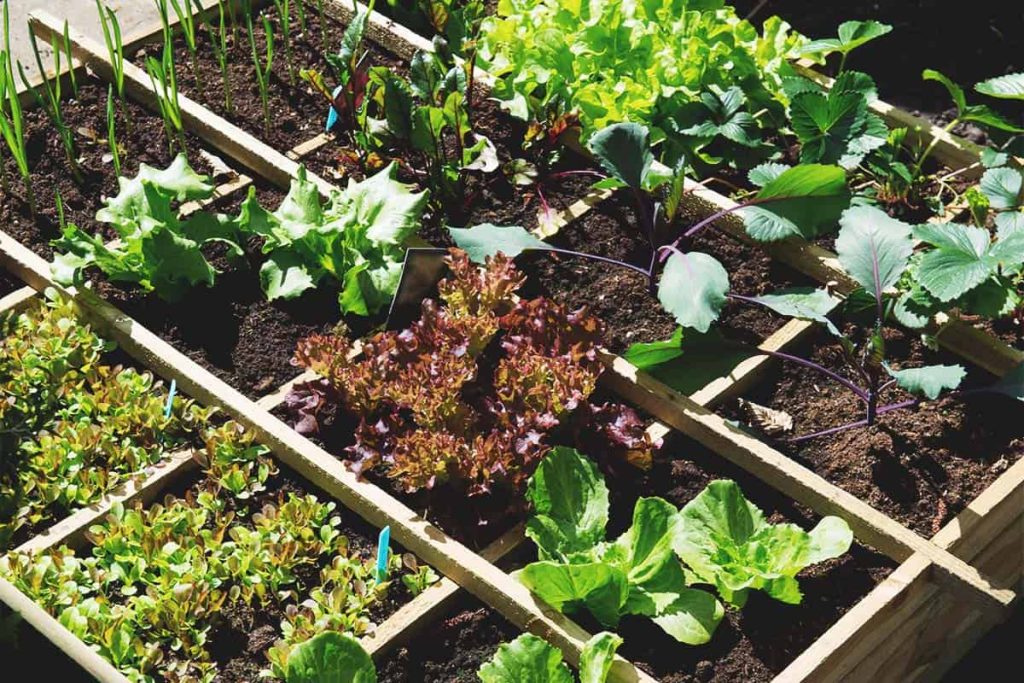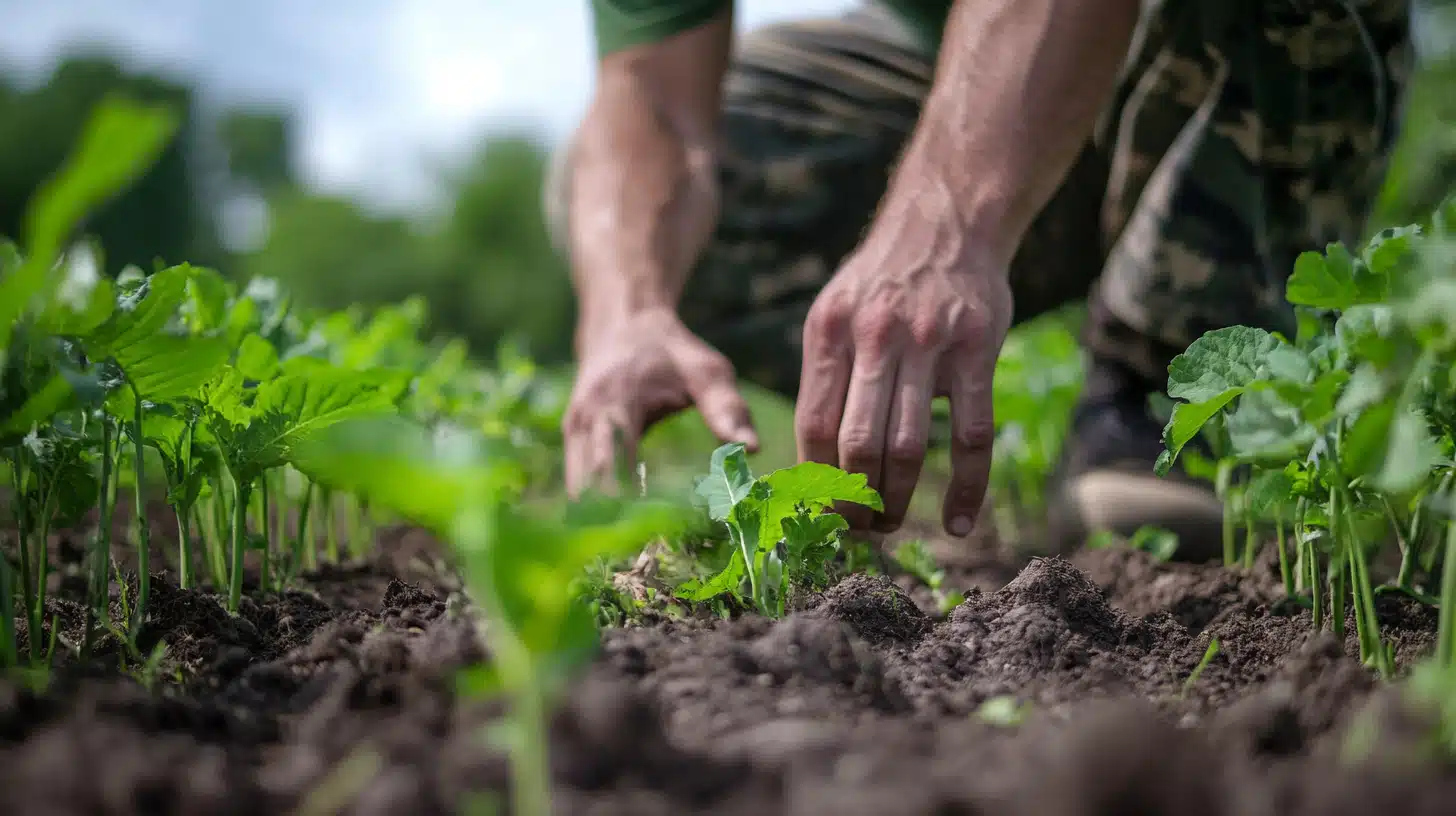Creating a food plot can be an excellent way to enhance wildlife habitats, attract game, and improve your overall land management strategy. However, selecting the right food plot mix is crucial to achieving your goals, whether you’re aiming to attract deer, turkeys, or other wildlife. In this guide, we’ll explore the factors to consider when choosing a food plot mix, helping you make informed decisions for successful planting.
Understanding Your Goals

Before you dive into the specifics of food plot mix, it’s essential to define your objectives. Ask yourself the following questions:
- What species are you trying to attract? Different animals have varied dietary preferences. For example, deer are browsers and grazers, while turkeys enjoy seeds and insects.
- What time of year do you want to attract wildlife? Seasonal variations in wildlife feeding habits will influence your mix. Some plants thrive in spring, while others are better suited for fall.
- Are you aiming for a long-term food source or a seasonal attraction? Some mixes provide year-round nutrition, while others are more suited for seasonal draws.
Assessing Your Site
Understanding your land is vital for selecting the appropriate mix. Consider the following site characteristics:
1. Soil Type and Quality
Conduct a soil test to determine the pH and nutrient levels of your soil. This will guide your choice of plants. Most wildlife food plots prefer a pH between 6.0 and 7.0. If your soil is too acidic, you may need to add lime to adjust the pH.
2. Drainage and Moisture Levels
Evaluate how well your site drains. Heavy clay soils retain water, while sandy soils drain quickly. Some plants thrive in wet conditions, while others prefer dry soil. Choosing plants that suit your site’s drainage will enhance growth and yield.
3. Sunlight Exposure
Different plants require varying amounts of sunlight. Assess how many hours of direct sunlight your plot receives daily. Full sun plants need at least 6-8 hours of sunlight, while others can tolerate partial shade.
Selecting the Right Plants

Once you understand your goals and site conditions, you can choose the right plants for your mix. Here are some popular options:
1. Grains and Cereals
Corn: A highly attractive food source for deer and other wildlife. It provides excellent energy and can be used for both summer and fall plots.
Soybeans: Another high-protein option, soybeans attract deer and help improve soil nitrogen levels.
Wheat and Rye: These cereals provide good cover and are highly palatable in late fall and winter.
2. Legumes
Clovers: White and red clovers are excellent sources of protein and can establish easily in various soil types. They attract deer and improve soil fertility.
Alfalfa: Known for its high protein content, alfalfa can provide a long-lasting food source if properly managed.
3. Brassicas
Turnips and Radishes: These crops are highly attractive to deer in late fall and winter. Their deep roots help break up compacted soil and improve soil health.
Kale: This hardy plant can withstand colder temperatures and provides nutritious forage.
4. Miscellaneous Options
Sunflowers: Attractive to a variety of wildlife, sunflowers produce seeds that are high in fat and energy, drawing in birds and small mammals.
Native Grasses: Incorporating native grasses can enhance habitat diversity and provide cover for various wildlife species.
Creating a Balanced Mix
When selecting your food plot mix, consider creating a balanced combination of different plant types to ensure year-round attractiveness and nutrition for wildlife. A good mix may include:
40% Grains: For energy and attraction.
30% Legumes: For protein and soil enhancement.
20% Brassicas: For late-season forage.
10% Miscellaneous options: For added diversity.
Timing Your Planting
The timing of your planting is crucial for the success of your food plot.
Spring Planting: Ideal for warm-season crops like corn and soybeans. Plant after the last frost date to ensure optimal growth.
FallPlanting: Suitable for cool-season crops such as clover, brassicas, and winter wheat. Plant in late summer to early fall, allowing time for establishment before winter.
Maintenance and Management
Creating a successful food plot goes beyond initial planting. Regular maintenance is essential for maximizing growth and attraction:
Weed Control: Weeds can compete with your plants for nutrients and water. Regular mowing and herbicide applications may be necessary to keep weeds in check.
Fertilization: Based on your soil test results, apply fertilizers to ensure your plants have the necessary nutrients for growth.
Pest Management: Monitor for pests that may damage your crops and take appropriate action to control them.
Seasonal Adjustments: Assess the effectiveness of your mix each season and make adjustments as necessary for the following year.
Final Words
Choosing the right food plot mix is a vital step in attracting and sustaining wildlife on your property. By understanding your goals, assessing your site conditions, selecting appropriate plants, and committing to regular maintenance, you can create a thriving food plot that benefits both wildlife and your land management objectives.
With careful planning and execution, your food plot can become a haven for wildlife and a rewarding project for you. Happy planting!

